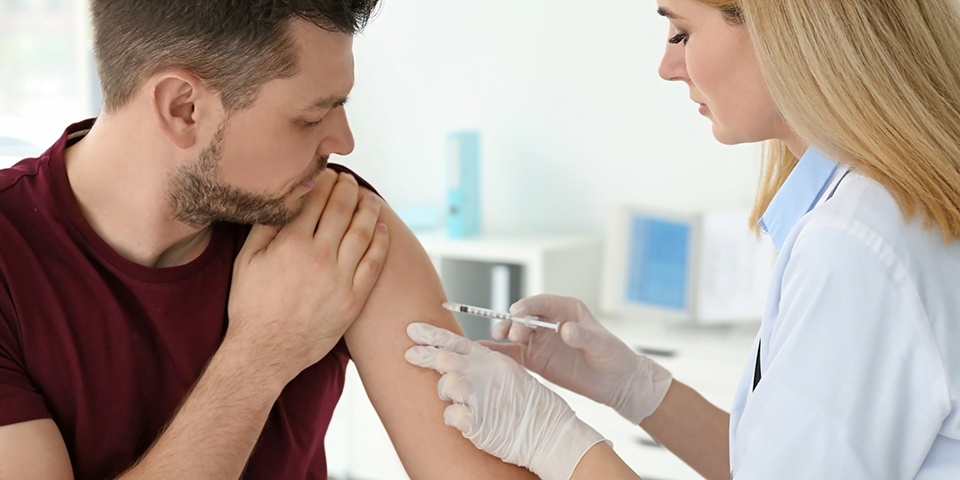A report demonstrating the immense benefit that vaccines provide to the community has been welcomed by Medicines Australia.
The Australian Institute of Health and Welfare report, ‘The burden of vaccine preventable disease in Australia’, shows vaccines benefit the community through avoiding, or reducing, ill health from vaccine preventable diseases. The report contains data showing ill health caused by vaccine preventable diseases fell by 31 per cent from 2005 to 2015 due to the National Immunisation Program (NIP).
The impact of vaccines can be clearly seen as new vaccines are introduced. In the decade to 2015, large declines were seen in the burden of disease for multiple diseases, including:
- Rotavirus (85 per cent – added to the NIP schedule in 2007).
- Chickenpox (75 per cent – added in 2005).
- Human papillomavirus (67 per cent – added in 2007 for females and in 2013 for males).
- Meningococcal disease (58 per cent – added in 2003).
The number of cases of these diseases decreased considerably over the period.
The World Health Organisation estimates between two million and three million deaths are prevented worldwide each year due to immunisation. In 2013, WHO acknowledged immunisation as being “one of the most successful and cost effective health interventions known”.
Medicines Australia CEO Elizabeth de Somer said life-saving vaccinations continue to protect Australians from preventable, communicable diseases.
“For over 20 years, Australia’s outstanding system has provided eligible people, including young children, older Australians, Aboriginal and Torres Strait Islander Australians, and those at higher risk of harm from vaccine preventable diseases with free vaccines,” she said.
“The government’s investment in the National Immunisation Program each year has paid off, and this report is testament to both the effectiveness of the program and the important role vaccines play in protecting the community.
“These findings also point to the broader benefits of vaccines, not only to the individual and the community, but also to the economy.
“Reductions in the burdens of disease keep young people in school and able to fulfil healthy and productive lives, keep young adults in work and contributing to society and keep older Australians out of hospital and living longer, healthier lives.
“The AIHW report confirms that disease and immunisation awareness, coupled with collaboration between industry and government, provides better health outcomes for the community, individuals and their carers, which we know has a flow-on effect to the economy.
“We will continue to work together to ensure efficient assessment pathways that fully account for the value that vaccines provide to the community and to ensure speedy access to disease prevention options.”
The full report can be accessed here.










